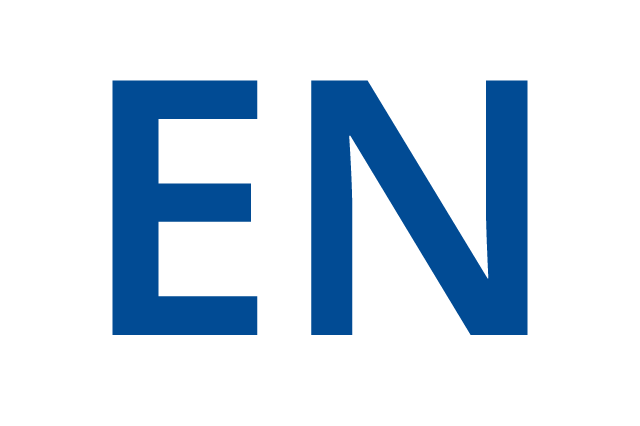
| Données Personnelles | Thématiques de recherche | Charges de cours | Publications |
KARAMAOUN Cyril



Unités
TIPs - Transport phenomena and process engineering
The objective of the research carried out at the Transfers, Interfaces and Processes (TIPs) laboratory of the Université libre de Bruxelles (ULB) is the experimental characterization and the mathematical modeling of transport phenomena within systems containing several phases (gas and/or liquid and/or solid), exchanging matter, heat or momentum, through an interface between these phases, at scales between the micron and the millimeter. The research carried out revolves around mainly fundamental and/or generic questions. They have direct applications in the fields of health, environment, heat transfer technologies and agro-food, chemical, microtechnology, materials and space industries. Our current research concerns 9 scientific topics: Drying, Enzymatic processes, Evaporation and boiling, Gas-liquid transfers, Microfluidics, Physiological fluids, Soft/Wet microrobotics, Surface rheology and, as a side research area, the characterization of Ancient hydraulic systems. The TIPs laboratory is composed of 5 professors and approximately 35 researchers. It is divided into two research units : "TIPs - Transport phenomena and process engineering" and "TIPs - Fluid physics". The TIPs laboratory collaborates with a number of scientific and industrial partners in Belgium, Europe, USA, Israel and Canada, in the frame of several networks funded by the European Commission or by the European Space Agency, and also thanks to support at National level (BELSPO, FNRS, Brussels and Walloon Regions). The team investigates mostly fundamental and/or generic questions, i.e. common to several natural or industrial processes. Studied problems most often involve notions of nonlinear dynamics, physical chemistry (equilibrium and non-equilibrium), statistical mechanics, transport phenomena, applied mathematics, ... The used tools are either theoretical (stability analyses, scaling laws, asymptotic techniques, ...), numerical (commercial or 'home-made' software), or experimental (fluid behavior visualization by interferometry, Schlieren, infrared thermography, ...). The TIPs laboratory has an experimental facility devoted to the realization, the characterization and the manipulation of systems including several phases (gas and/or liquid and/or solid), exchanging mass, energy or momentum, at a characteristic length scale between the micron and the millimeter. The lab is part of the Micro-milli platform. It is managed by Adam Chafaï, PhD.
Projets
Transport phenomena in human lungs
Regarding the transport phenomena in the respiratory system, we have two distinct, but coupled, interests. The first objective of our research is to go towards a better understanding of the dynamics of the bronchial mucus, in healthy and unhealthy people. Human bronchi are covered with a thin layer of mucus. This layer acts as a trap for inspired fine particles and microorganisms. However, today, the dynamics of the bronchial mucus is still poorly understood. In addition, it is known that, in the context of certain diseases such as asthma and cystic fibrosis, this dynamics is significantly impaired. In collaboration with the pulmonology department of the Erasme Hospital, our goal is to improve the understanding of the bronchial mucus dynamics by combining in silico (modelling and simulation) and in vitro (laboratory experiments) studies. A specific objective is to analyse the coupling, potentially very important, between the rheology of the mucus and the respiratory conditions (respiration frequency, breathing air temperature and humidity…). Another of our objectives is to understand how the heterogeneity of the lungs (whether natural or induced by pathologies) influences the exchange processes within it (water, heat, oxygen transport). In this context, we are interested in describing the dynamics of the NO, a physiological molecule that can be considered as a marker of different phenomena. In particular, in collaboration with the Karolinska Institute (Sweden), we are studying how this molecule can be used as a tool for monitoring respiratory function on the International Space Station. Selected publications : Karamaoun, C., Sobac, B., Mauroy, B., Van Muylem, A., & Haut, B. New Insights into the Mechanisms Controlling the Bronchia Mucus Balance. PLOS One, published 22 June 2018 Karamaoun, C., Haut, B., & Van Muylem, A. A new role for the exhaled nitric oxide as a functional marker of peripheral airway calibre changes: a theoretical study. Journal of Applied Physiology, 124, 1025-1033. 2018 Karamaoun, C., Van Muylem, A., & Haut, B. Modelling of the nitric oxide transport in the human lungs. Frontiers in Physiology, 7, 255. 2016

